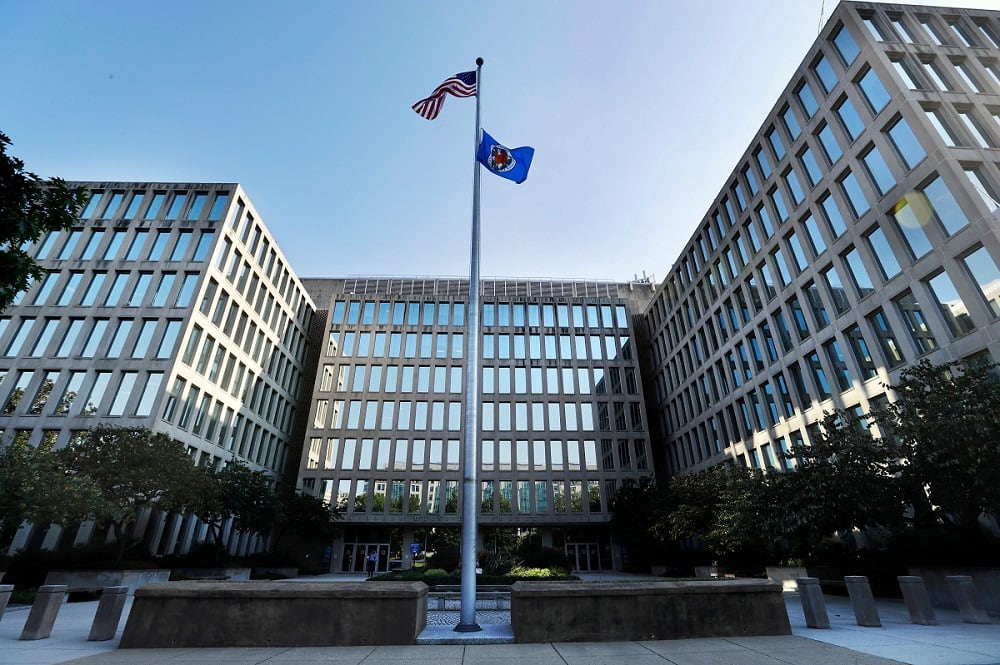The federal employee retirement system, long criticized for its slow processing of cases, will only get better with a stronger IT system to support it, according to Kiran Ahuja, President Joe Biden’s pick to lead the Office of Personnel Management.
“OPM needs to honor federal retirees by providing them the high-level service they deserve,” Ahuja told members of the Senate Homeland Security and Government Affairs Committee at an April 22 hearing.
“It is a paper-based process, which I think lends itself to being very extensive and very long, with multiple different agencies and payroll providers. And I think as long as it’s paper-based we’re going to have these challenges of length of time.”
RELATED

Retirement numbers and processing times peaked in January this year, with 13,850 claims received and a monthly average of 85 days to process a claim. That number has gone down slightly since March, at 69 days.
And that average does not tell the whole story for employees that worked for multiple agencies or had an unusual period of federal service that complicates the claim.
According to OPM data, in March the average processing time among claims that took less than 60 days was approximately a month and a half. Meanwhile, claims that took over 60 days to process took on average 115 days to complete.
Ahuja said that among her short-term priorities for retirement modernization would be to establish a fast-track capability for the cases that are most straightforward, meaning that a simple retirement case wouldn’t get stuck in line behind a series of more complicated cases that clog up the system.
RELATED

More short-term fixes would include new call center technology and pilots for modernized retiree experience systems.
Modernizing the retirement system is not a new proposition, as the agency’s Office of Inspector General has noted in reports dating back to 2011 that the retirement system is in need of modernization to help limit the improper payment of retirement funds.
Nor is Ahuja the first to champion technological innovation as a means to improve the retirement system, as former President Donald Trump’s first nominee to lead the agency also called the existing retirement system “unacceptable.”
The struggling retirement system was also used as justification for the Trump administration’s proposal to merge OPM with the General Services Administration, though a National Academy of Public Administration study on the needs of OPM refuted that justification and proposed that the agency seek funding for modernizing the system itself.
According to Ahuja, that investment capital could come from the IT modernization fund established in fiscal year 2018, and success now when previous efforts have failed comes down to a consistency of leadership.
“In the case of OPM, I think the challenges have been not having stable leadership at the top and … I commit to being there as long as I have the support of all of you and of President Biden,” said Ahuja.
Under the Trump administration, OPM had five different directors, only two of whom were confirmed by the Senate, and only one that lasted more than a year. That, coupled with a bipartisan Congressional opposition to that administration’s sweeping plan for altering the agency, left OPM with less concerted policy planning than most agencies.
Ahuja said that she would commit to establishing a plan for IT modernization, not only for retirement services but also for personnel records systems.
Jessie Bur covers federal IT and management.





